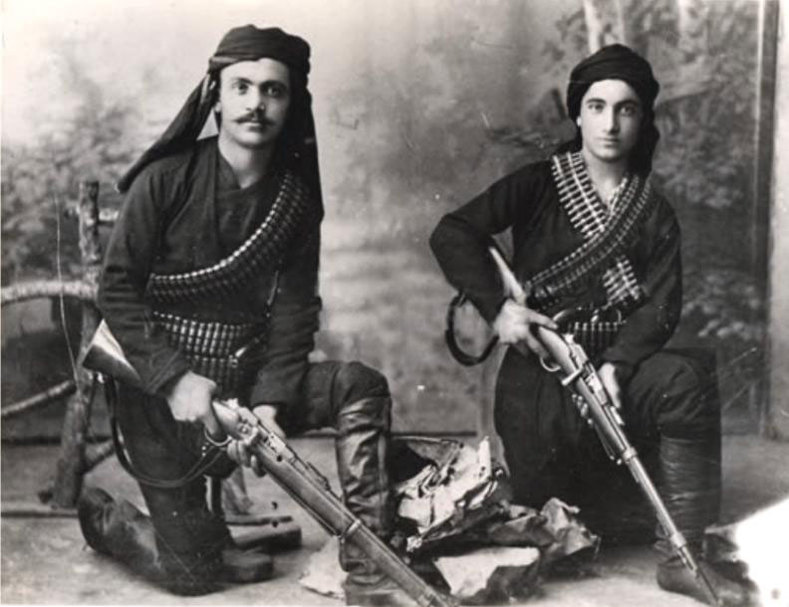While the First World War is often depicted as a primarily European war, the conflict was truly global in scope, exacting a high price tag not only on combatants and working-class civilians in Europe and North America but on colonized and oppressed peoples throughout Africa, Asia, and the Middle East. The war can accurately be described as the first global conflict where the belligerents were, by and large, capitalist powers fighting for purely economic interests.
Breaking out in 1914, the war was rooted in the competition of major corporations and national industries for new sources of raw materials and the attempts to re-carve the global geopolitical balance in their favor. While each of the major states cynically claimed to fight for "freedom and civilization" — or, in the case of the Allies, the need to confront "German militarism" — all of the powers sought to gain the upper-hand on one another in terms of economic advantage, seized colonies, and the subjugation of native populations.
However, the war resulted in a loss of nearly 40 million lives and the destruction of several major population centers, making it the bloodiest war Europe had ever seen up to that point. By 1918, several monarchies and empires had collapsed — among them those of Germany, Russia, Austria-Hungary, and the Ottoman Empire. The lasting effects of the war resulted in socialist and anti-colonial revolutions in poor regions across the globe, with the tip of the spear provided by the October 1917 Socialist Revolution in Russia which ushered in the creation of the Union of Soviet Socialist Republics, or USSR.
The period following World War I was marked by numerous conflicts, truces, revolutions, intractable feuds and aspirations toward regional hegemony and global empire, which ultimately resulted in the Second World War.
teleSUR takes a look at the lesser-explored aspect of WWI — the colonized troops, the civilian victims, and the revolutionaries — those who fought for their own freedom rather than for the profits of industrialists and the rich who benefited from the so-called "Great War."
 20
20 



















